Unveiling Precision: The Superiority of Ball Screws in Onefinity CNC Machines
- Onefinity CNC
- Nov 22, 2023
- 3 min read

In the world of CNC machining, the choice between ball screws and lead screws plays a crucial role in determining the precision, efficiency, and overall performance of a machine. Onefinity CNC machines, renowned for their exceptional quality and precision, utilize ball screws to elevate their capabilities. In this blog post, we'll explore the benefits of ball screws over lead screws and shed light on why opting for a CNC machine equipped with ball screws, such as the Onefinity, is a superior choice.
Benefits of Ball Screws:
Precision and Accuracy:
Ball screws are engineered for high precision, offering low friction and minimal backlash. This translates to accurate and repeatable movements, essential for intricate CNC machining tasks.
Efficiency and Reduced Friction:
The design of ball screws incorporates ball bearings that facilitate smoother motion and reduced friction. This efficiency not only enhances accuracy but also contributes to the longevity of the machine components.
Higher Load Capacity:
Ball screws are capable of handling heavier loads compared to lead screws. This increased load capacity ensures that Onefinity CNC machines can tackle more substantial projects without sacrificing precision or speed.
Faster Speeds:
The reduced friction in ball screws allows for higher travel speeds, improving the overall efficiency of the CNC machine. This is especially beneficial when time is of the essence in production processes.
Longer Lifespan:
Ball screws exhibit greater durability due to their reduced wear and tear. This results in a longer lifespan for the machine, providing a reliable and cost-effective solution for CNC machining needs.
Negative Points of Lead Screws:
Lower Precision:
Lead screws are generally less precise than ball screws, making them less suitable for applications that demand high accuracy. This limitation can affect the quality of the machined products.
Higher Friction:
Lead screws tend to have higher friction, which can result in more wear over time. This not only affects precision but can also lead to increased maintenance requirements.
Limited Load Capacity:
Lead screws may struggle with heavier loads, restricting the types of projects that a CNC machine can effectively handle. This limitation can be a significant drawback in industrial settings with diverse machining requirements.
Slower Speeds:
The higher friction in lead screws can impede travel speeds, leading to a decrease in overall machining efficiency. This can be a critical factor in meeting production deadlines.
Why Onefinity CNC Machines with Ball Screws are Superior:
Unparalleled Precision:
The integration of ball screws in Onefinity CNC machines ensures unparalleled precision, making them the ideal choice for demanding machining tasks.
Versatility and Efficiency:
The higher load capacity and faster speeds of ball screws in Onefinity CNC machines enable them to handle a diverse range of projects with efficiency and versatility.
Reliability and Longevity:
With lower friction and reduced wear, Onefinity CNC machines equipped with ball screws offer greater reliability and longevity, reducing downtime and maintenance costs.
Consistent Performance:
The combination of precision, efficiency, and durability in Onefinity CNC machines with ball screws ensures consistent and high-quality performance, making them a superior choice in the CNC machining landscape.
In the realm of CNC machining, the choice between ball screws and lead screws significantly impacts the performance of the machine. Onefinity CNC machines stand out as superior options, leveraging the benefits of ball screws to deliver unmatched precision, efficiency, and reliability. For those seeking a CNC machine that excels in a variety of applications, investing in Onefinity with ball screws is a decision that promises enduring quality and performance.



Comentarios